gastritis diet
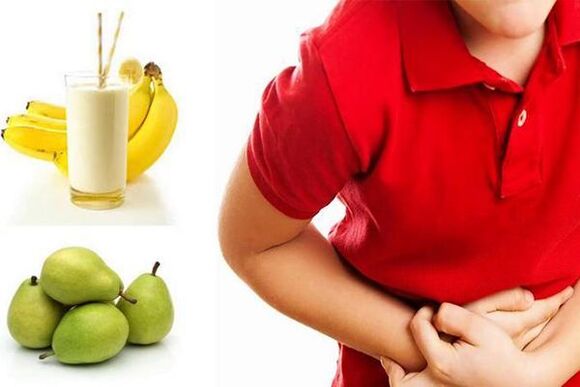
- Fibrin (aggravated by the emergence of infectious diseases);
- Catarrh (with destruction of the integrity of the outer wall of the stomach);
- Cellulitis (causes a purulent inflammatory process in the stomach wall);
- Corrosive (one of the side effects of poisoning).
- shallow;
- Hypertrophy;
- Polyposis;
- bacteria;
- granulomatous;
- self-immune.
The main principles of gastritis diet
- Mechanical principles. Avoid foods containing crude fiber. Such products include onion crops, vein meat and bran. In addition, dishes prepared with oil are strictly prohibited.
- Principles of Chemistry. Avoid foods that increase gastric juice secretion. The list includes alcohol, soda, citrus fruits (including juices from citrus fruits), coffee, brown bread, cabbage and rich broths.
- Thermal Principles. Do not eat food that is too hot or too cold. They can irritate the esophagus, and cold foods, etc. , can remain in the stomach longer than usual.
What foods can you eat if you have gastritis?
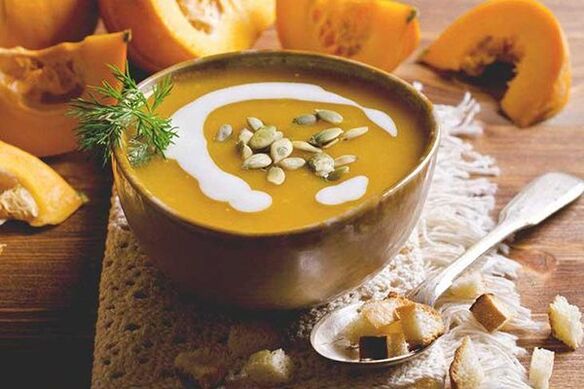
- fish in the river;
- seafood;
- egg white omelet;
- oatmeal and buckwheat porridge;
- milk;
- Zucchini, pumpkin, tomatoes, carrots, various vegetables;
- berries high in sugar;
- Boil and puree the fruit.
What should be missing from your diet?
- Fresh baked goods, especially rye bread and puff pastry. Instead, it's best to eat white bread, plain cookies, and pies.
- Rich soups include mushroom soup, cabbage soup and borscht. Such dishes should be replaced with a light vegetable soup containing potatoes, cabbage, carrots and onions.
- Smoked dishes, and meats with fat and texture. Instead, it is better to eat dishes made from boiled or steamed meat (cutlets, meatballs). The types of meat allowed are chicken and mutton.
- Boiled eggs and omelets. Soft-boiled eggs and steamed omelette should be used instead.
- Any savory and flavored dishes, marinades, chocolate, carbonated drinks, coffee and kvass.
- Alcohol.
high acid diet
| Vegetables: Carrots, pumpkins, potatoes, beets. Light green salad. Tomatoes: ripe, chopped. Cucumber without skin. | Greenery. |
| Fruit: non-acidic, ripe, skinless (bananas, pears, apples). It is best not to eat fruits raw, but roasted. Watermelons and melons - very limited quantities. | Fried potatoes, pickled foods, sauerkraut. |
| Milk (from cows or goats), cream, yogurt. Fresh cheese. | Sour cream, kefir, hard cheese. |
| Soups and Meal Broths. | Cabbage soup and borscht in puree. |
| spaghetti | beans |
| Boil chicken or rabbit, lean river fish. | Bacon, fish and fatty meats, canned foods. |
| Oatmeal and buckwheat | dried fruit |
| Soft-boiled eggs. | chocolate |
| Crackers, white bread (had been sitting out for a few days), dry crackers. | Boiled eggs, omelets. |
| Light tea and coffee, cocoa with milk. | Rye and freshly baked bread. Cream-filled cakes and confectionery products. |
low acid diet
Diet for gastritis - general advice
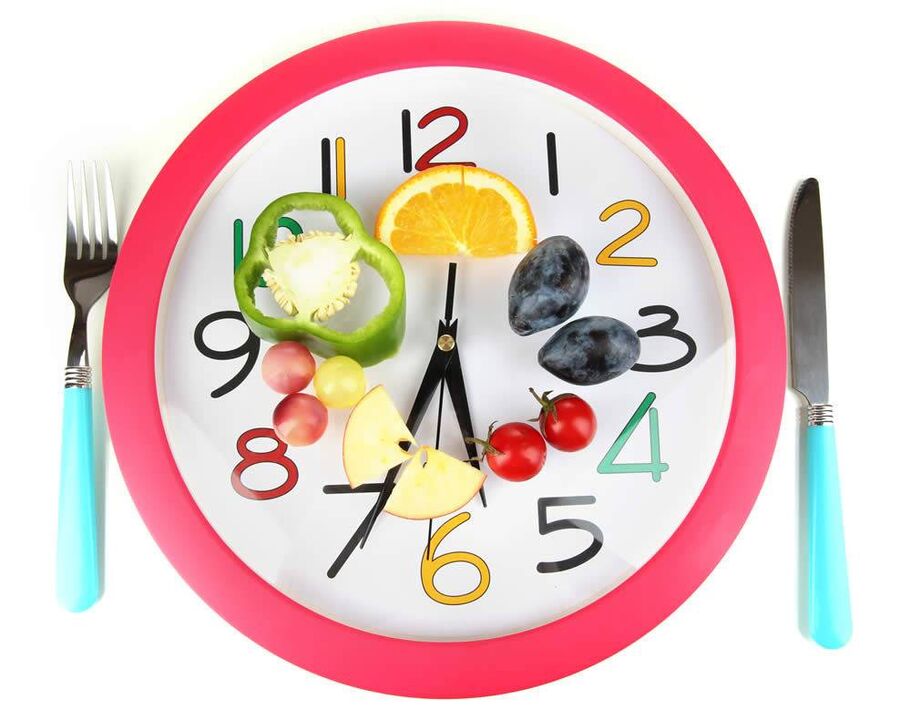
What should I eat if I have gastritis?
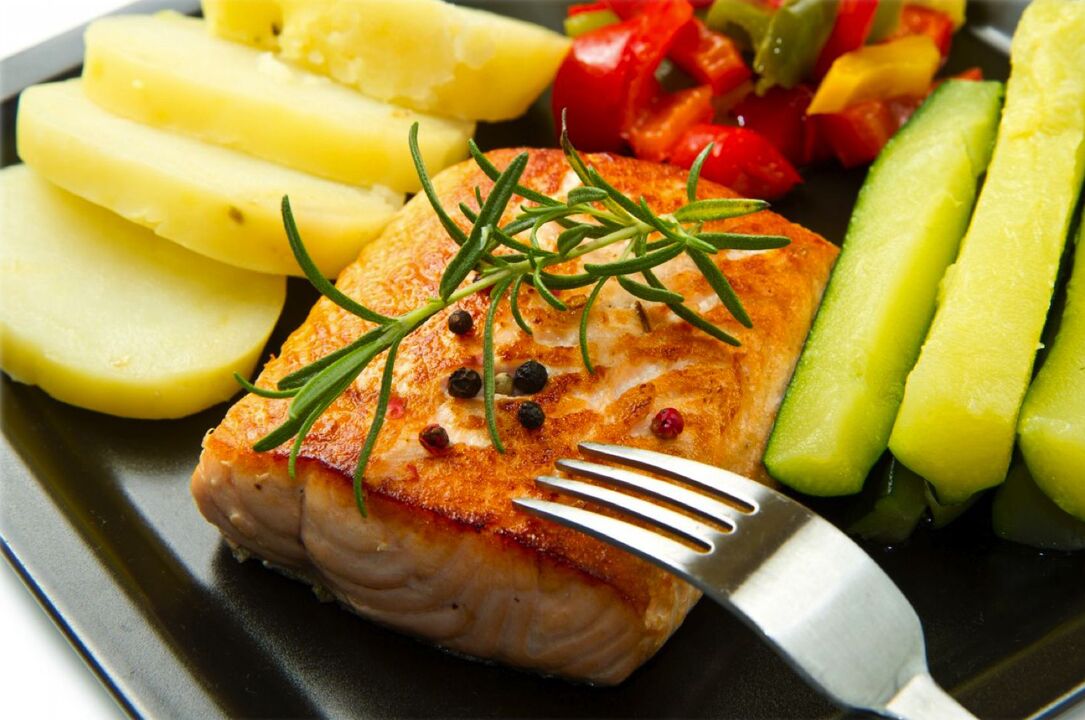
Characteristics of gastritis
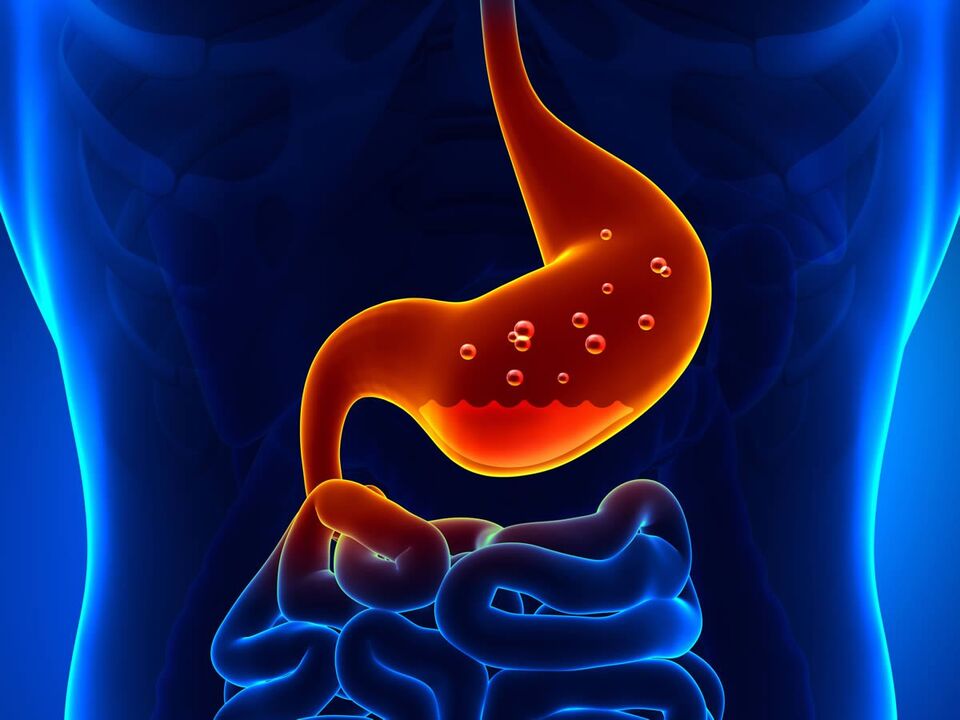
etiological factors
- eat bad food. It includes greasy, fried, spicy, smoked and salty foods. This type of food strongly affects the stomach lining, causing an inflammatory process. As a result of the damage, Helicobacter pylori begins to actively multiply.
- Kurenie. Nicotine and smoke from smoking spread to the respiratory tract and digestive system. It can negatively affect mucous membranes, causing irritation and exacerbating inflammation.
- heavy drinking. This has toxic effects on any tissue in the body, including the gastrointestinal tract. It leads to the development or exacerbation of inflammation.
- pressure. Huge physical and psychological emotional stress. These factors lead to active production of cortisol. It causes increased release of hydrochloric acid. If it acts on the stomach lining in the absence of food, damage can occur.
clinical signs
- Upper abdominal pain aggravated by stress, eating, or hunger;
- Nausea and vomiting occur regardless of food intake;
- Constipation, diarrhea.
- Frequent epigastric pain;
- Pain in the center of the abdomen;
- Heartburn;
- Frequent hiccups;
- constipation, diarrhea;
- Occasional nausea;
- Vomiting for no apparent reason;
- Whether close relatives suffer from any gastrointestinal diseases;
- Presence of bad habits (smoking, frequent drinking, overeating);
- Eat a strict diet regularly.

diet
- gastroenterologist;
- Nutritionist.
- Degree of mucosal damage;
- The extent to which the disease has spread to different parts of the gastrointestinal tract;
- reason of failure.
- high acidity;
- Has low acidity.
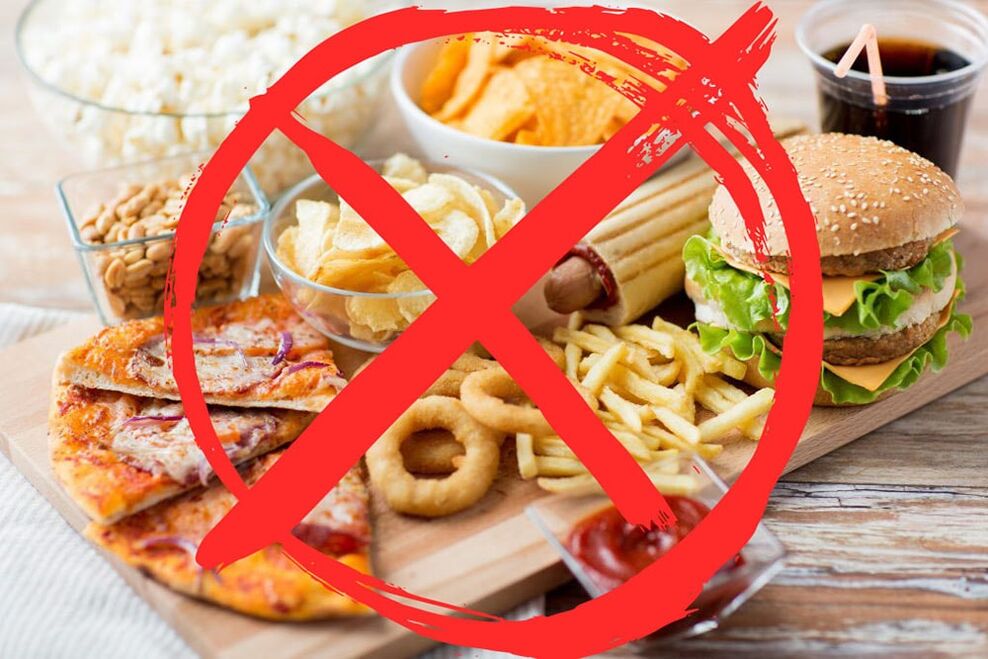
- separate. Determine the total amount of product the patient should consume in 1 day. It is divided into 6 sections to distribute meals evenly throughout the day. That is, patients must eat every 3 hours. You should not overeat or starve as these factors can negatively affect the condition of your stomach. One serving is about the size of two palms.
- chew. Ingested food begins to be digested in the mouth under the influence of saliva containing enzymes. Therefore, it is important to chew each piece for a long time.
- Take a break after eating. You need to sit and lie down for 30 minutes to allow the digestive process to start smoothly.
- temperature. If an inflammatory process is suspected, eat warm foods. The temperature should not be too hot or too cold.
- water mode. Drink at least 2 liters of water per day to maintain a stable water-electrolyte balance and prevent dehydration. Drink water little by little throughout the day.
- Mandatory protein intake. Protein is the building block of the body. Thanks to them, damaged tissues after gastritis recover faster.
- It is forbidden to eat food that is too rough. It should not contain debris that could damage affected mucosal structures.
- Cook it right. It can be boiled, steamed and baked. No frying or smoking allowed.
- No drinking, caffeine, energy drinks, soda.
- Maintain vitamin concentrations. If they are normal, metabolism and metabolism will improve, and the nervous system and digestive tract will strengthen. In case of nutritional deficiencies, multivitamin preparations may be used.
- sweet apple varieties;
- avocado.
low acidity fruits
- Citrus fruits – prevents the formation of malignant cells and keeps acidity normal;
- Pomegranate and its juice help restore the stomach lining;
- Peaches – Promote gastric juice production, but should only be consumed by patients who are not allergic to the fruit.
Diet for hyperacidity
- Too much hydrochloric acid is produced;
- The acidity of hydrochloric acid increases.
- inflammation;
- erosion;
- ulcer;
- perforation.
- Avoid foods that can cause or worsen stomach lining damage. This is a food that contains fiber and solid elements. Such as cereals, bread, bran, sinew. All foods should be as bland and easily digestible as possible.
- Avoid any foods and drinks that increase the acidity of hydrochloric acid. For example, citrus fruits, canned goods, coffee, alcohol, soda.
- Eat food at warm temperatures. Do not drink boiling water, hot liquids or food. Cold or raw food is also not acceptable. The optimal limit is 25-35 degrees.
- Low-fat chicken or vegetable soup with crackers, which can be replaced with a soft porridge (such as oatmeal);
- Milk Pasta Soup (can have firm pasta);
- Boiled baby potatoes without butter or salt;
- The fat content in milk is low to avoid increasing the load on the gastrointestinal tract due to the presence of high concentrations of lactose.
- Boiled and baked eggs, which contain a high concentration of protein (the yolks can be removed to limit the amount of fat);
- Lean meat from chicken, rabbit, and beef can be roasted, boiled, or steamed (remove the skin before cooking);
- Fish and seafood contain large amounts of omega-3, which have beneficial effects on the digestive tract and nervous system;
- Milk that needs to be boiled first;
- soups with added grains (any grain will do except semolina);
- Seasonal vegetables for sale in stores;
- Fruit is recommended to be consumed between meals to avoid stress on the gastrointestinal tract, but do not leave the stomach empty;
- premium sausage;
- Olive oil, sunflower oil;
- Dumplings and similar products made at home with natural minced meat and a thin layer of dough;
- Internal organs, of which the liver plays the most active role because it contains large amounts of trace elements and vitamins;
- soft cheese;
- Honey, weak tea, herbal decoctions, dried fruit preserves.
- Baked products, muffins, fresh pastries;
- Candy, chocolate;
- Dairy products.
low acid gastritis diet
- Atrophic conditions of the gastric mucosa;
- thinning of tissues;
- Parietal cell function decreases.
- Drink 200 ml of slightly carbonated mineral water before meals;
- Chew your food thoroughly and eat each piece gradually; the entire meal should take at least 30 minutes;
- It’s recommended to eat fruits that add acidity between meals; you can pre-bake them to avoid stress.
- Types of lean meat - chicken, turkey, rabbit, veal;
- Any fruits and vegetables that do not have a coarse fibrous structure (citrus fruits, cabbage, and cauliflower are recommended);
- vegetable and broth;
- Candies and baked goods contain small amounts of carbohydrates;
- Fermented dairy products of any type;
- canned food;
- Herbal decoctions, teas, berries and fruit preserves.















































































